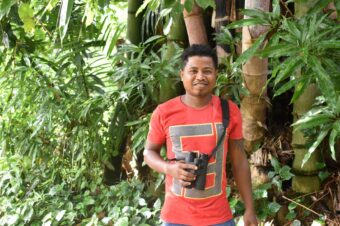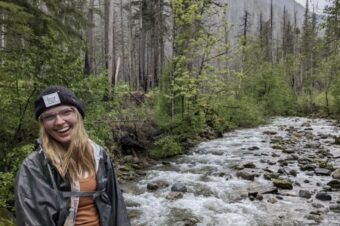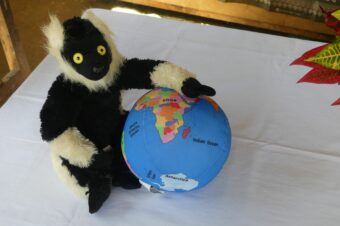Blog by MBP Reforestation Volunteer, Sam





At the Kianjavato Field Station, I am currently working on the reforestation team, but that does not mean that I am not fascinated by wildlife. Every morning I see the lemur monitoring teams leave to enter the forest and see all types of wonder, but this jealously succumbed just after 2 weeks into my volunteer-ship here. While working in the nursery, I see all types of intriguing animals, among my favorites include the Madagascar olive bee-eaters that have nested in the side of the vibrant red soiled hill, the red fody that looks as if it’s been splashed with red paint and the majestic kites which circle up above at dawn. Since October 2014, there have been two snake nests upon the KAFS hill that are all surfacing for the first time to examine their new surroundings. If you sit quietly nearby you can watch them for a while, weaving in and out of one another exploring their new domain. At KAFS, we have come across many species of frogs and lizards, and my favorite, chameleons. The first one I saw at KAFS was at random, walking up the drive I see at ‘flaky twig’ on the ground that moved. This little chameleon was shedding with its outer layer of skin flaking away in a way that it acted as though it was the bark of a tree. We saw a similar species weeks later low down in the canopy of a Kafe tree, one of many different species of tree surrounding the nursery. The field station at Kianjavato is now in its 5th year, with the landscape ever-changing. Trees that were planted in the beginning are overflowing in the nursery and up on the hill where the volunteers pitch tents. Pioneer species placed at arrival such as Acacia, Nasiona, Bonary, Albizia have all taken for the sky and bloomed, but also fruit species planted throughout the nursery have gown with vigor including the citrus plants, papay, kafe and of course jack fruit and mango trees that we have been feeding off on a daily basis. This gives me much confidence about how well the reforestation project is doing to see the vast array of species we see around KAFS thriving. It seems that you don’t have to be immersed in the forests of Sanga Sanga or Vatovavy to view spectacular wildlife; working in the nursery you see your fair share of diversity.










Leave a Reply